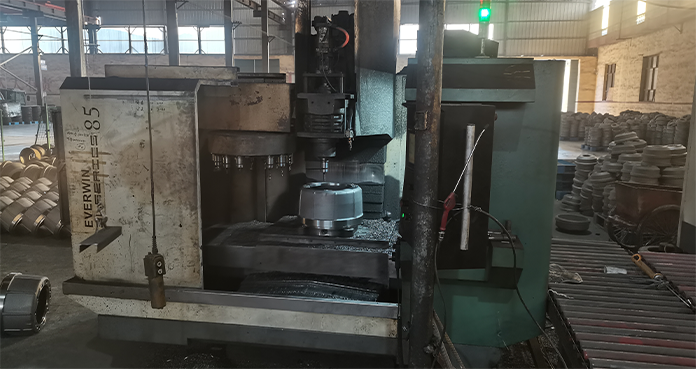Sep . 28, 2024 15:59 Back to list
brake drum hardware
Understanding Brake Drum Hardware A Comprehensive Overview
Brake drum hardware plays a crucial role in the safety and functionality of a vehicle's braking system. Often overlooked during regular maintenance checks, the components that make up the brake drum system are essential for ensuring that a vehicle can stop effectively and safely. In this article, we will discuss the primary components of brake drum hardware, their functions, and tips for maintenance.
Components of Brake Drum Hardware
1. Brake Drums The brake drum itself is a cylindrical part that rotates with the wheel. When the brakes are engaged, the brake shoes press against the interior of the drum, creating friction that slows down or stops the vehicle. Brake drums are usually made from cast iron or aluminum alloys, designed to withstand high temperatures generated during braking.
2. Brake Shoes These are the components that make direct contact with the brake drum. Brake shoes have a friction material attached to one side that creates the necessary friction when pressed against the drum. Regular inspection of brake shoes is vital, as worn or damaged shoes can significantly affect braking performance.
3. Springs The brake drum assembly includes several springs, which serve multiple purposes. They help to retract the brake shoes when the pedal is released, ensuring that the shoes do not constantly drag against the drum, leading to unnecessary wear. Properly functioning springs are critical for the overall efficacy of the braking system.
4. Adjusters These are mechanical devices that maintain an optimum distance between the brake shoes and the drum. They automatically adjust the position of the shoes as they wear down, ensuring that the braking system remains effective over time.
5. Retaining Clips These clips secure the brake shoes and other components in place within the drum assembly. They are crucial for maintaining the integrity and functionality of the braking system.
6. Wheel Cylinders In drum brake systems, the wheel cylinders play a pivotal role. When hydraulic pressure is applied, these cylinders expand, pushing the brake shoes against the drum. Ensuring that the wheel cylinders are functioning correctly is vital for effective braking performance.
brake drum hardware

Maintenance Tips
To ensure that the brake drum hardware remains in good condition, regular maintenance is essential
. Here are some tips- Regular Inspections Schedule routine checks of the brake system. Look for signs of wear such as cracks in the drum, thinning brake shoes, or damaged springs.
- Adjustments Check the adjusters during inspections to ensure they are functioning properly. If they are not adjusting the shoes correctly, it may lead to decreased braking efficiency.
- Cleaning Dust and debris can accumulate in the brake assembly, affecting performance. Clean the components periodically to remove any buildup.
- Replacements If any component shows significant wear or damage, it is crucial to replace it promptly. Delaying repairs can lead to more severe problems and increased costs down the line.
- Consult Professionals If you are unsure about the condition of your brake drum hardware, consult with a professional mechanic. They can provide an in-depth analysis and recommend necessary repairs.
In conclusion, brake drum hardware is an integral part of a vehicle’s braking system. Understanding its components and their functions can empower vehicle owners to take proactive steps in maintenance and ensure the safety and reliability of their vehicles. Remember, effective braking is not just about stopping; it’s about stopping safely.
-
Scania Brake Drums: OEM Quality for Optimal Safety & Durability
NewsAug.16,2025
-
R.V.I: Advanced Remote Visual Inspection for Precision
NewsAug.15,2025
-
Discover HYUNDA: Innovative Vehicles, Equipment & Solutions
NewsAug.14,2025
-
R.V.I: Unlock Advanced Insights & Real-time Performance
NewsAug.13,2025
-
Kamaz Brake Drum: Durable & Reliable for Heavy Duty Trucks
NewsAug.12,2025
-
Heavy Duty Iveco Brake Drum - Premium Quality & Safety
NewsAug.11,2025
